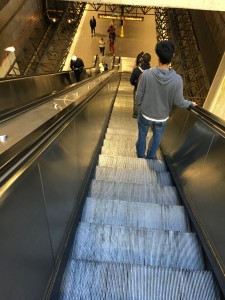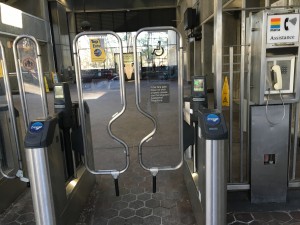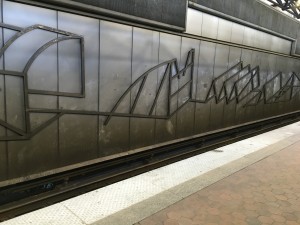In this summary Morton talks about how homeless people are not truly homeless. Morton says that they have homes, but that they are not stable homes due to the amount of ease that it takes to destroy their home. In the public’s eye some of the places where homeless gather are usually forgotten about and sometimes appear to be lifeless, but Morton says that she traveled down into the tunnel where the atmosphere there was very much alive. She blames “spectacle” for the general public not knowing about the lives that homeless people live.
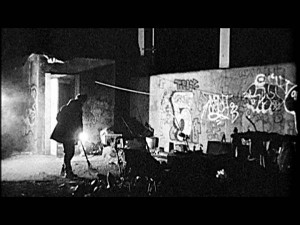
Morton talks to one man that basically says that living underground can be challenging because there’s no guide or step by step process on living underground. He has to do what he thinks is best for his desired space to feel at home in his environment. Morton also talks about a man named Bob who said that living in the tunnel wasn’t so bad and that it helped him kind out who he really was. Bob says that living in the tunnel usually has that physiological effect on everyone and he also says that if you stay in the tunnel too long it will eat you alive.
To go along with the physiological effects that the tunnel offers, it also offers a sense of security for people that live there. Sense the general public views living in tunnels as being dangerous there aren’t really a lot of outsiders that go down into the tunnels unless they plan on living there. A resident to the tunnel by the name of Manny, describes a time where he was being attacked and ran into the tunnel where the people attacking him would not enter. Another resident of the tunnel by the name of Larry, says that in most instances he feels safer living underground because there is not much going on down there. He says that living in homeless shelters and living out on the streets can be more dangerous than living underground.
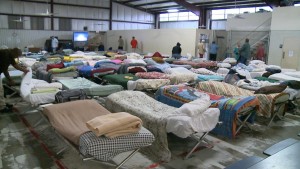
With having a sense of security while living in the tunnels, a sense of feeling at home also comes along with living there. Morton describes how many people living in tunnels use art to help them feel more at home. In some of the art that Morton has in her pictures you can see that some of the tunnel residents have their names present on their artwork. They put their names in the artwork to make it known that that space is their home. To a normal person this might seem strange or ghetto, but we have to remember that the people at the very top of the totem pole also put their names on their homes as well.
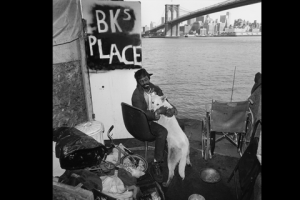
I really enjoyed reading this article. It gave me a new perspective on homelessness that I had never seen before. To Morton this is what she would have wanted. To open peoples eyes to a new world. The thing that I thought to be most interesting was how some homeless people felt safer underground then above ground. I thought that was pretty interesting because in the general publics eyes its the complete opposite. Overall, I would recommend this article to a friend. We as people need to stop looking down on homeless people so much and just respect them for what they have even if its barely anything.
